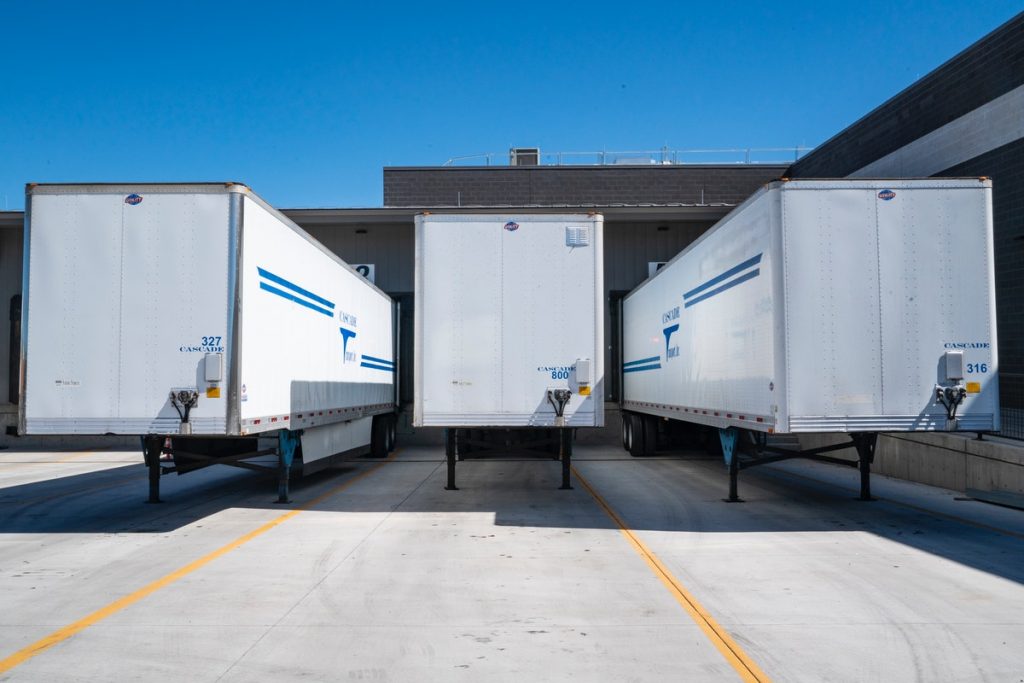Logistics often gets outsourced because of the costs associated with purchasing vehicles, hiring people, performing maintenance, and creating routes. These costs can be high and usually more manageable when contracted out to a third party. Additionally, a well-run logistics division can be a significant competitive advantage for a business, so it’s crucial to weigh the costs and benefits before deciding carefully.
However, it would help if you did not underestimate the benefits of building your in-house logistics division. A dedicated team of professionals will get to know your business intimately and be able to adapt and improve the service they provide as your company grows. They’ll also be available to offer their expertise and knowledge when you need it most.
When you outsource your logistics, you rely on the third-party provider to get the job done right. If they make a mistake, your business suffers the consequences. When you have an in-house team, you can trust that they work to your specific needs and requirements.
If you’ve decided that building an in-house logistics division is the right move for your business, you’ll need a few key things to get started.
Mode of Transportation
Logistics divisions need reliable transportation to function efficiently. Without a fleet of vehicles, your division will be unable to move goods around and will be limited in its ability to serve customers. It’s essential to secure fleets of trucks, vans, and other modes of transportation to get your division up and running.
You’ll also need to make sure that you have a good understanding of the routes that your vehicles will be taking. This knowledge will help you plan your delivery schedule and ensure that your goods get delivered on time. Additionally, understanding your routes will help you avoid potential traffic problems or delays.
However, your situation might require overseas transport, which no land-based fleet can accomplish. As a result, you might have to partner with ship building companies to secure a contract to construct ocean-going vessels.
Employees
The backbone of any successful logistics division is its team of employees. You’ll need drivers, dispatchers, mechanics, and other professionals to get your division off the ground. It’s essential to hire the right people for the job – people who are reliable, efficient, and knowledgeable about the industry.
Once you’ve hired your team, you’ll need to provide them with the necessary training to do their jobs effectively. This training should include information about your company’s policies and procedures and how to use the equipment they’ll be using. Giving your employees the tools they need to succeed will help them perform their jobs more efficiently and effectively.

Storage Facilities
Your logistics division will need access to storage facilities to store goods before they are shipped out. These storage facilities can be either rented or owned by your company. If you plan on keeping large quantities of goods, you might need to invest in a warehouse.
You’ll also need to ensure that your storage facilities are secure and have proper temperature and humidity controls. It is imperative if you’re planning on storing perishable goods.
An inventory management system (IMS) is a critical component of any logistics division to keep storage facilities organized. An IMS will help you keep track of your inventory and ensure that your division has the right amount of stock on hand. It will also help you track your orders and shipments.
There are many different types of IMS on the market, so choosing one that is right for your business is essential. When selecting an IMS, you’ll need to consider your company’s specific needs and requirements.
Maintenance and Repair Systems
Your logistics division will need access to a maintenance and repair system to keep your vehicles in top condition. This system should include the necessary tools and equipment to perform routine maintenance and repairs on your fleet. It should also have a team of qualified mechanics who are familiar with the types of vehicles you’re using.
A good maintenance and repair system is essential to keeping your division running smoothly. Without it, your vehicles will break down more often, and you’ll incur additional costs for repairs. A well-maintained fleet of vehicles will help you avoid potential delays and disruptions in service. Keeping your fleet in good working order is essential to ensure that your customers receive their orders on time. However, it is essential to understand the costs behind fleet maintenance and operations.
Technology
Technology is an integral part of any logistics division. You’ll need a computerized system to track your inventory, orders, and shipments. You’ll also need a method to track your vehicles and drivers.
GPS tracking systems are becoming increasingly popular in the logistics industry. These systems allow you to track the location of your vehicles in real-time. Companies can use this information to optimize delivery routes and ensure that their drivers take the most efficient course possible.
RFID tags are another type of technology that is being used more frequently in the logistics industry. These tags can be placed on products and then scanned by RFID readers to track their location. This information can prevent lost or stolen goods and improve inventory accuracy.
Conclusion
Building your own logistics division is a big undertaking. There are many things you’ll need to consider before you get started. But if you take the time to plan and prepare, you can build a successful division that will serve your company well for years to come.



